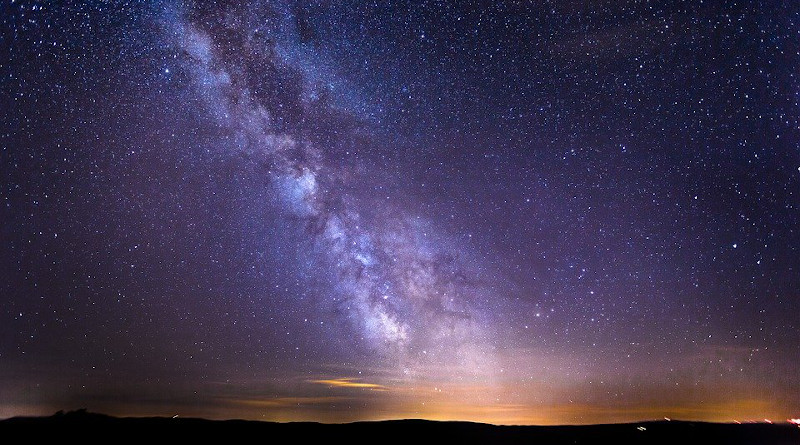Seeing Star Formation In A New Light
In a galaxy not so far, far away, a star is born. In fact, right here in the Milky Way, several new stars are added every year. Although we know that these new stars form when interstellar gas collapses in on itself, many important questions about the star formation process remain unanswered: What roles do gravity and turbulence play in star formation? How is interstellar gas distributed? How do galaxies build their stellar content? Answering these questions and more was the goal of the EU-funded PROMISE project. “We set out to obtain new information on how gas structures move and evolve within the clouds and how this eventually leads to the formation of new stars,” says Jouni Kainulainen, a researcher at Chalmers University of Technology and PROMISE project coordinator. “In doing so, we aimed to help scientists better understand what the complex, internal structure of gas clouds looks like.”
Mapping and machine learning
At the heart of the European Research Council supported project was the creation of an innovative map that shows the location and structure of thousands of star-forming gas clouds in the Milky Way. “This is by far our most important result, one that will help researchers and astronomers study gas clouds and star formation for years to come,” explains Kainulainen. Another key result was a new description of how the gas in the Milky Way moves about – a description made possible using machine learning-based algorithms. “Modern telescopes produce enormous data sets, beyond what can be comprehended by the human brain,” he remarks. “Machine learning is a tool that can help us make sense out of this data.” According to Kainulainen, these novel algorithms allow scientists to automate the analysis processes that were once done using the naked eye and their own best judgement. “Now we can rapidly analyse large data sets and extract information that would have otherwise remained hidden,” he says. This development allowed the project team to obtain new information on where the gas in the Milky Way is and how it moves. What they found came as a surprise. “We discovered that interstellar gas everywhere demonstrates curious, systematic kinematic patterns,” notes Kainulainen. “As we don’t fully understand these patterns yet, this opens the door to future research.” The project also studied the internal structure and role of interstellar gas clouds in star formation. “We are among the first in the field to describe how gas in such well-known clouds as the Orion cloud fragments into smaller and smaller units, eventually forming stars,” he adds.
From new stars to new challenges
Although the project is now finished, the PROMISE map will continually be updated with new information and data. The research team also plans to follow up on the many ideas and new questions that the project gave rise to. “I am proud that despite all the obstacles, from data collection to conducting research during the COVID-19 pandemic, we succeeded at producing important and long-lasting results,” concludes Kainulainen. “In particular, I am proud of our stellar research team and the impact we made in the field of interstellar medium research.”
Source: CORDIS

